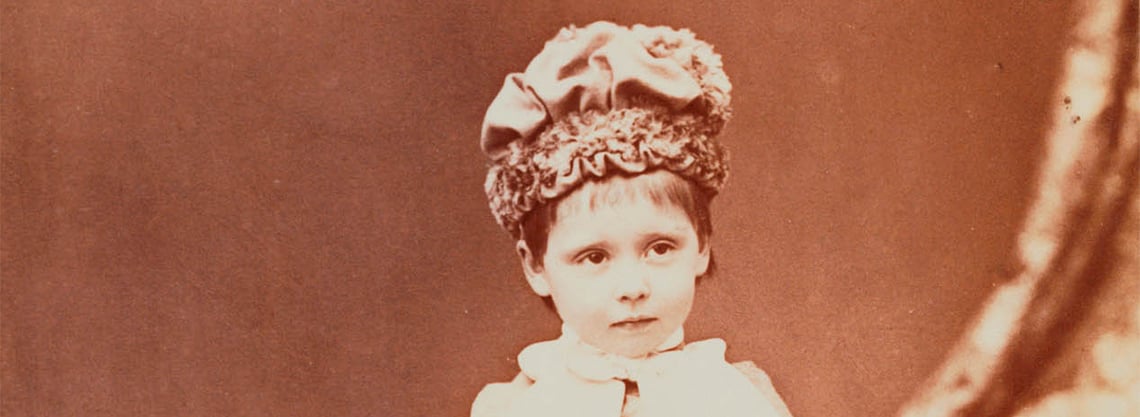Photography has always been a reasonably quick and effective way to capture and record a moment in time. This applies, in particular, to significant and historical events but, on a more personal level, the same applies to special and important moments we all experience, like a wedding or the arrival of a new member into the family.
Queen Victoria’s family was no exception to this and the photograph collection is extremely rich in examples of important private occasions involving all the various members of her large extended family. In addition, though, the Queen had the responsibility of dealing with and responding to serious matters of state, such as wars and other collective human tragedies.
Photography was a powerful and immediate means through which the Monarch could keep herself informed about conflict and the status of her soldiers, for whom she felt the most profound sympathy, particularly during the tragic events of the Crimean War (1853-6) or the 2nd Afghan War (1878-80).
Photography was also used to document events much closer to home, like the Great Chartist meeting on Kennington Common (10 April 1848) and other national events on which the press focused its attention. One of these was the Hartley pit disaster, a major mining accident in Northumberland which, in the space of several days, claimed the lives of over 200 men and boys in January 1862.
Travel was a much happier and more pleasant pursuit which the entire Royal Family was able to share through photography. Francis Bedford was the author of the images taken to document the Prince of Wales’s educational journey to Palestine and the Near East in the spring of 1862. The Prince, by his own wish, also made a tour of India from 8 November 1875 until 13 March 1876, collecting a great quantity of photographs.
Prince Alfred, the Queen’s second son, who had learnt the rudiments of photography during the 1850s, used this medium to share with his parents what he saw during the visit he paid to South Africa in 1860, while serving as a midshipman on board H.M.S. Euryalus. His interest in photography continued; in 1865 he wrote to his mother from Kranichstein in Germany, sending her ‘the 143 photographs of my doing which you wanted to have. I am sure you had no idea they were so many.’








